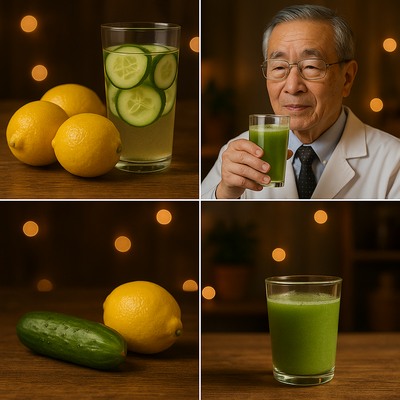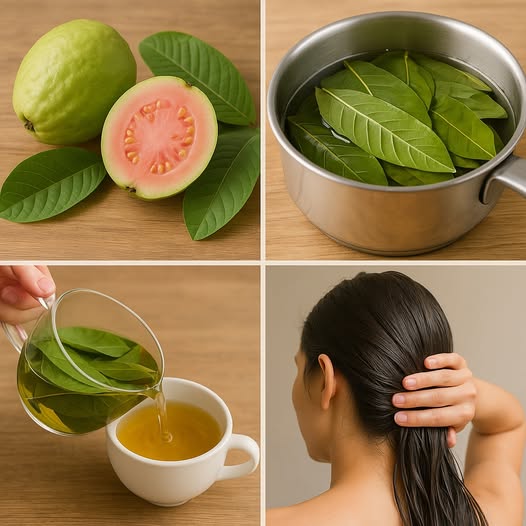Introduction:

Think Chia Seeds Are a Superfood? Not If You’re Making These Common Mistakes
Chia seeds have exploded in popularity over the past decade. Touted as a superfood, these tiny seeds are loaded with omega-3s, fiber, protein, and antioxidants. They’re seen in everything from smoothies to puddings to overnight oats. But what if you’ve been consuming them wrong this whole time?
That’s right—you could be sabotaging the benefits of chia seeds without even realizing it. Most health-conscious consumers fall into at least a few traps when it comes to using chia seeds in their daily diet. From poor preparation techniques to misguided assumptions about their nutritional impact, these oversights can lead to bloating, nutrient waste, and missed health benefits.
In this blog post, we’ll uncover 16 common chia seed mistakes that are stealing your results—and provide expert solutions to fix each one immediately. Whether you’re a wellness beginner or a superfood veteran, these tips will sharpen your chia game and deliver the powerful health benefits you’re seeking.
Let’s dive in.
1. Eating Chia Seeds Dry Without Soaking Them First
Big Mistake: Dry chia seeds can absorb up to 12 times their weight in liquid. If consumed dry, especially in large amounts, they can swell in your throat and cause a choking hazard.
Fix It Fast: Always soak chia seeds for at least 15–30 minutes before eating. For best results, use a 1:10 ratio (e.g., 1 tablespoon of chia to 10 tablespoons of water). This allows them to fully expand, making them easier to digest and safer to consume.
2. Not Drinking Enough Water with Chia Seeds
Why It Hurts: Even when soaked, chia seeds continue to absorb water in your digestive system. Without proper hydration, you may experience bloating, constipation, or cramping.
Actionable Tip: Drink an extra glass of water when consuming chia seeds to help your body process the fiber and stay hydrated.
3. Assuming More Is Better
Stat Alert: A single serving of chia seeds (about 2 tablespoons or 28 grams) contains 10 grams of fiber, nearly 40% of your recommended daily intake.
What Goes Wrong: Overloading on chia seeds can overwhelm your digestive system, leading to gas, bloating, or worse—gut discomfort.
Pro Move: Stick to 1–2 tablespoons per day, especially if you’re just starting out.
4. Skipping the Soak for Convenience
Misguided Time-Saver: You throw dry chia seeds into a smoothie thinking the liquid will do the trick.
What Happens: They don’t soak long enough to soften, which can result in poor nutrient absorption and stomach discomfort.
Fix: Pre-soak your chia seeds and store them in the fridge for up to 5 days. Add the gel to smoothies, puddings, or yogurt bowls instantly.
5. Not Grinding Them for Maximum Omega-3 Absorption
Science-Backed Fact: Whole chia seeds may pass through your system undigested, especially if not soaked. This means you miss out on omega-3 fatty acids.
Fix: For a boost in bioavailability, grind your chia seeds using a coffee grinder or blender before adding to recipes.
6. Believing Chia Seeds Alone Will Help You Lose Weight
The Reality Check: While chia seeds are a fantastic supporting ingredient due to their high fiber content, they’re not a magic fat burner.
How to Use Them Effectively: Combine with a balanced diet, regular exercise, and adequate hydration for real, sustainable weight loss.
7. Adding Them to Juices or Sodas Too Early
What Goes Wrong: Chia seeds quickly form a gel when exposed to liquid. Adding them too early to beverages can create an unappealing texture.
Solution: Mix chia seeds into drinks right before serving for a smoother texture. Or, use them to make chia fresca, a hydrating and energizing Mexican drink.
8. Using Too Much in Baked Goods
Hidden Risk: Chia can act as a thickener or egg substitute, but overusing it can make baked goods dense and gummy.
Baking Tip: Limit to 1–2 tablespoons per loaf of bread or 1 tablespoon per 12 muffins unless the recipe specifically calls for more.
9. Not Checking for Freshness
Shelf Life Insight: While chia seeds have a long shelf life (up to 2 years), they can go rancid if not stored properly.
Fix: Store in a cool, dark place in an airtight container. For even longer freshness, keep them in the refrigerator or freezer.
10. Using Chia Seeds as a Complete Protein Source
Fact Check: Chia seeds do contain all nine essential amino acids, but not in high enough concentrations to replace other proteins.
Smart Strategy: Pair with beans, lentils, or quinoa for a more complete plant-based protein profile.
11. Not Stirring Them Properly in Recipes
What Happens: They clump together if not stirred well, making your pudding lumpy and uneven.
Kitchen Tip: Stir thoroughly when first adding to liquid, and then stir again after 10 minutes to break up any clumps.
12. Forgetting to Introduce Them Gradually
Gut Warning: Jumping straight into large amounts can shock your digestive system.
What to Do: Start with 1 teaspoon per day, then gradually increase your intake over 1–2 weeks.
13. Ignoring Chia’s Calorie Content
Nutritional Fact: 2 tablespoons of chia seeds = 138 calories.
Weight Management Tip: If you’re tracking calories for weight loss, don’t forget to account for chia seeds in your daily total.
14. Expecting Instant Energy or Detox Effects
Why This Fails: Chia seeds are not stimulants or detox agents. Their power is inconsistent energy and long-term health support, not short-term miracles.
Pro Mindset: Use them as part of a consistent, healthy routine, not a quick fix.
15. Using Cheap, Low-Quality Seeds
Danger Zone: Low-grade chia seeds may be grown using pesticides or processed poorly.
Buy Smart: Choose organic, non-GMO, third-party tested chia seeds from reputable brands.
16. Overlooking Allergic Reactions or Sensitivities
Yes, It Happens: Though rare, some people can experience food allergies or sensitivities to chia seeds.
Symptoms: Itching, hives, nausea, or trouble breathing. If these occur, stop use and consult a doctor.
Frequently Asked Questions (FAQs)
Q: How much chia should I eat daily?
A: 1–2 tablespoons is the ideal daily intake for most adults.
Q: Can I eat chia seeds raw?
A: You can, but it’s safer and more beneficial to soak or grind them first.
Q: Can chia seeds help with digestion?
A: Yes! Their high fiber content can support gut health—if consumed with enough water.
Q: What’s the best way to store chia seeds?
A: In an airtight container in a cool, dark place, or refrigerated for extended freshness.
Q: Do chia seeds expire?
A: Yes, usually within 2 years, but they may spoil sooner if stored improperly.
Conclusion:
Master Your Chia Game—And Reap the Full Rewards
Chia seeds offer extraordinary health benefits, but only when used correctly. Avoiding these 16 common mistakes will help you unlock the full nutritional power of this superfood. Whether you’re aiming for better digestion, more energy, or weight management, small tweaks in your chia routine can lead to big results.
Don’t just follow the trend—master it. By being mindful of how you prepare, store, and consume chia seeds, you’ll transform this tiny seed into a mighty health ally.


